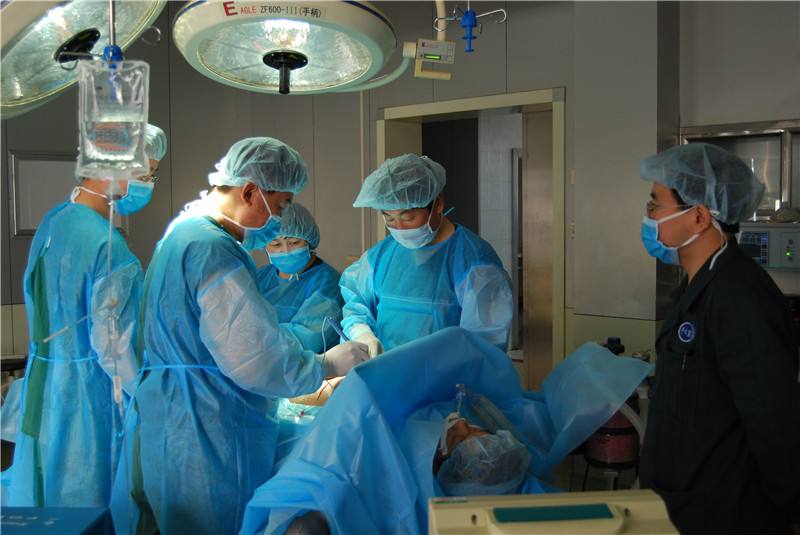86-551-67709456 (Working time)
86-13965027700 (Nonworking time)
The key role of aseptic operation in the operating room is to reduce surgical infections, and there are many safety factors that affect incision healing, such as air environment, contact pollution, etc. Contact pollution is mainly in dressings, surgical instruments, suture materials, and skin contact of medical staff, etc. Therefore, the aseptic management of related operations directly affects the management effect of surgical infection. So how do you perform aseptic operations during surgery?

1. During the operation, all staff must strictly implement aseptic technical operation. Hand-washing nurses must not pass the equipment from the back of the surgeon; the itinerant nurses must not pass items over the sterile table with their hands; the surgical equipment cannot be placed beyond the railing of the sterile cart.
2. When it is necessary for the surgical staff to change positions, they should leave the operating table a little bit, exchange back to back, and be careful not to contaminate the arm and sterile area.
3. Any spare items that have been opened and placed on the sterile table, whether used or not, shall not be put back into the sterile container and must be re-sterilized before use.
4. The edge of the incision should be covered with a large gauze pad or surgical towel (disposable hole towel) and fixed with towel forceps or suture to expose only the surgical incision. It is best to use a surgical film to protect the incision.
5. Before cutting the hollow organs, the gauze pad should be used to protect the surrounding tissues to prevent or reduce pollution, and the surgical film should be used to protect the incision.
6. The equipment used in the operation should be wiped off blood stains in time (towel paper can be used) to reduce bacterial contamination and proliferation. Instruments such as knives and scissors that have been in contact with tumors and gastrointestinal cavities should be considered as contaminated and must be separated from other instruments and placed and handled separately.
7. After the operation started, the main door leading to the outside was no longer open. Personnel in the operating room should avoid unnecessary activities, and visitors should keep a distance of more than 30-40cm from the operating area.
8. When wiping sweat for the surgeon, the surgeon’s head should be turned to the side and wiped with a wet towel; any activities unrelated to the operation, such as folding drapes and making dressings, are not allowed in the operating room.
9. In order to shorten the operation time, surgical instruments and appliances should be handy for the surgeon.
10. For patients who need the drainage tube after surgery, the location of the drainage tube is best to be led out from the body wall far from the incision.
11. Before suturing the incision at the end of the operation, the skin on both sides of the incision should be wiped with disinfectant; when suturing, the tissues must be accurately aligned to avoid leaving the dead space, and the sutures should not be too tight or dense. After suturing, the skin on both sides of the incision was wiped with disinfectant again, then cover, wrap with sterile gauze or surgical dressing.
Get in touch
Scan to wechat:
